- Free shipping available on orders over £100 (UK) £250 (EU) and $300 rest of the world
WOW364 Handley Page Hampden
Out of Stock
Description
Description
The Handley Page Hampden was a British twin-engine medium bomber operated by the Royal Air Force. It was part of the trio of large twin-engine bombers procured for the RAF, joining the Armstrong Whitworth Whitley and Vickers Wellington. The Hampden was powered by Bristol Pegasus radial engines a variant known as the Handley Page Hereford had in-line Napier Daggers. It was often referred to as the ‘flying suitcase’ due to its narrow width which made flying in the Hampden a cramped experience.
The Hampden served in the early stages of the Second World War, bearing the brunt of the early bombing war over Europe, taking part in the first night raid on Berlin and the first 1,000-bomber raid on Cologne.
In September 1938, No. 49 Squadron received the first Hampdens; by the end of the year, both 49 and 83 Squadrons at RAF Scampton had re-equipped with the type. A total of 226 Hampdens were in service with ten squadrons by the start of the Second World War, with six forming the operational strength of 5 Group of Bomber Command based in Lincolnshire.
With the outbreak of war in 1939, Hampdens were initially used to perform armed aerial reconnaissance missions, observing German naval activity during daylight. However, despite its speed and manoeuvrability, the Hampden proved to be vulnerable tor Luftwaffe fighters and required an RAF fighter escort for daytime operations. In December 1939 Bomber Command is claimed to have discarded the belief that aircraft such as the Hampden could realistically operate by day and instead chose to predominantly employ them under the cover of darkness during night-time operations. During 1940 Hampdens of 5 Group conducted 123 night-time airborne leaflet propaganda missions, losing only a single aircraft in the process. The Hampden was 53.7 feet in length and had a wingspan of 69 feet.
On 13 April 1940 days after Germany’s invasion of Norway, a large number of Hampdens were dispatched on night-time mine-laying (code-named “gardening”) flights in the North Sea in areas deemed unapproachable by British shipping. According to Moyes, this activity proved highly effective, experiencing a low casualty rate of less than 1.9 aircraft per mission.
Our Hampden was one crewed by Sgt John Hannah a Scot from Paisley, who received the VC for his bravery and determination shown whilst flying in the Hampden.
On 15 September 1940, fifteen Handley Page Hampden bombers took off from RAF Scampton in Lincolnshire to attack enemy barges moored at Antwerp in readiness for Operation Sealion, the German invasion of Britain. During the action, the plane piloted by Pilot Officer C A Connor was hit by flak and caught fire. The navigator and rear gunner baled out. However the radio operator Sergeant Hannah fought the blaze using his log books and then his hands to extinguish the fire, burning himself terribly during the process, this action allowed the plane to return to Scampton safely.
Hannah who was only 18 years old when the action took place, was the youngest recipient of the Victoria Cross during the second world war at this time. He contracted Tuberculosis the following year and was discharged in 1942. Hannah found it difficult to hold down a civilian job because of his injuries, he died in 1947 aged only 25, leaving behind a wife and three daughters.
Our 1/30 Hampden is limited to 5 in number worldwide
Reviews (0)








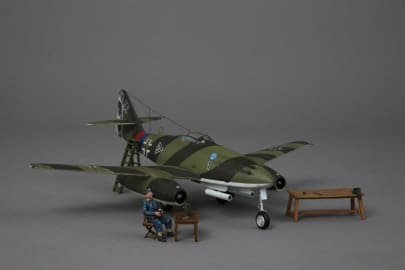
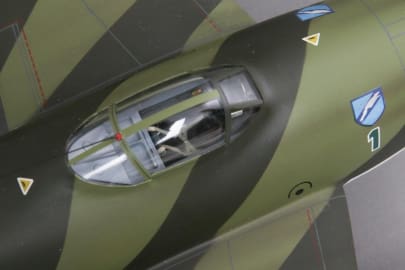
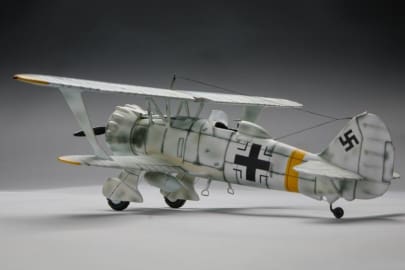
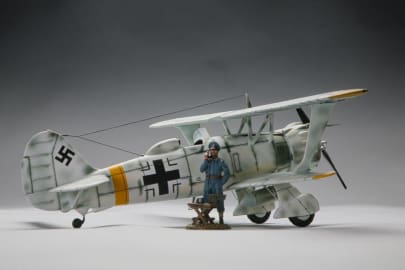
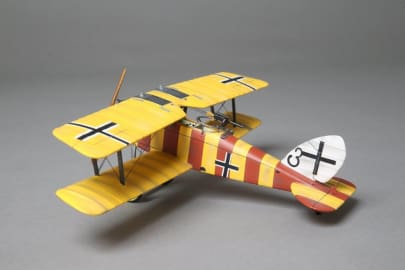
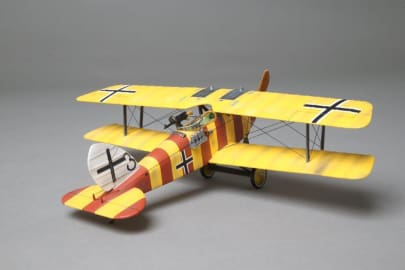
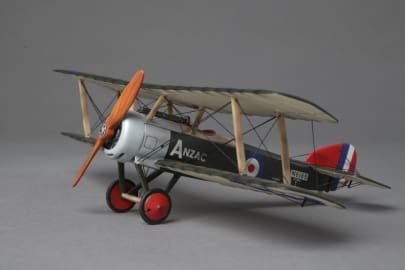
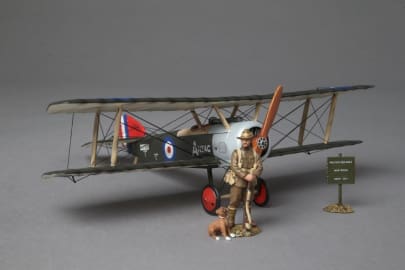
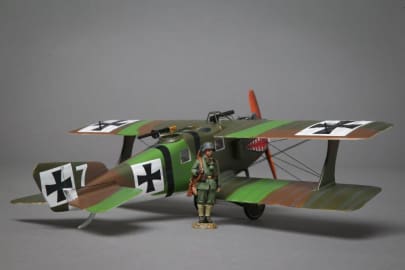
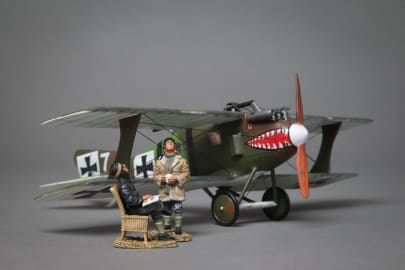
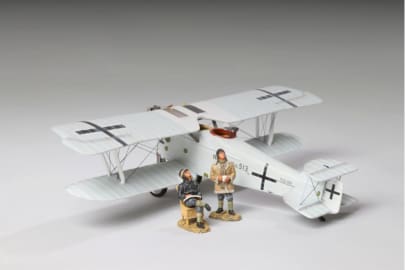
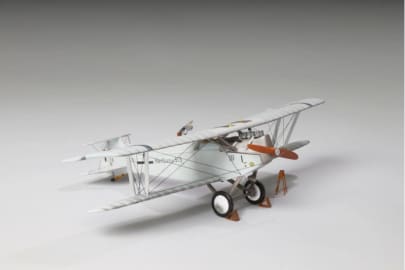
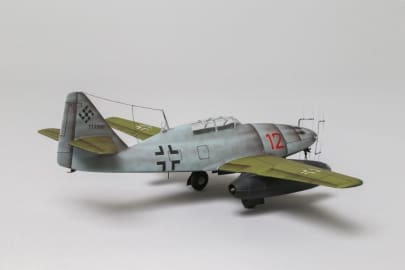
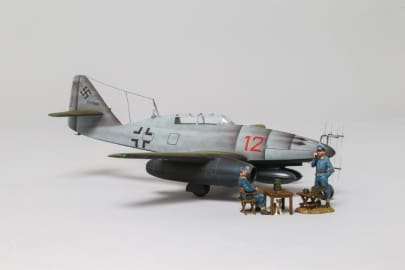
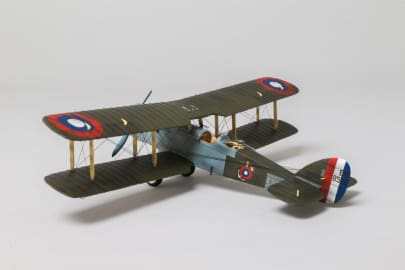
Reviews
There are no reviews yet.